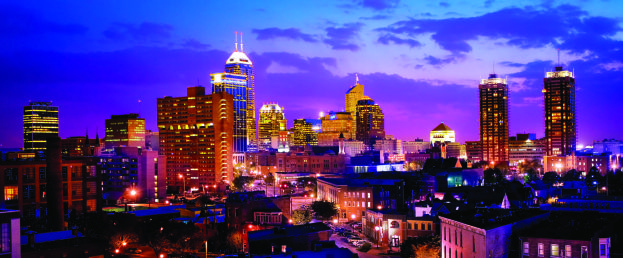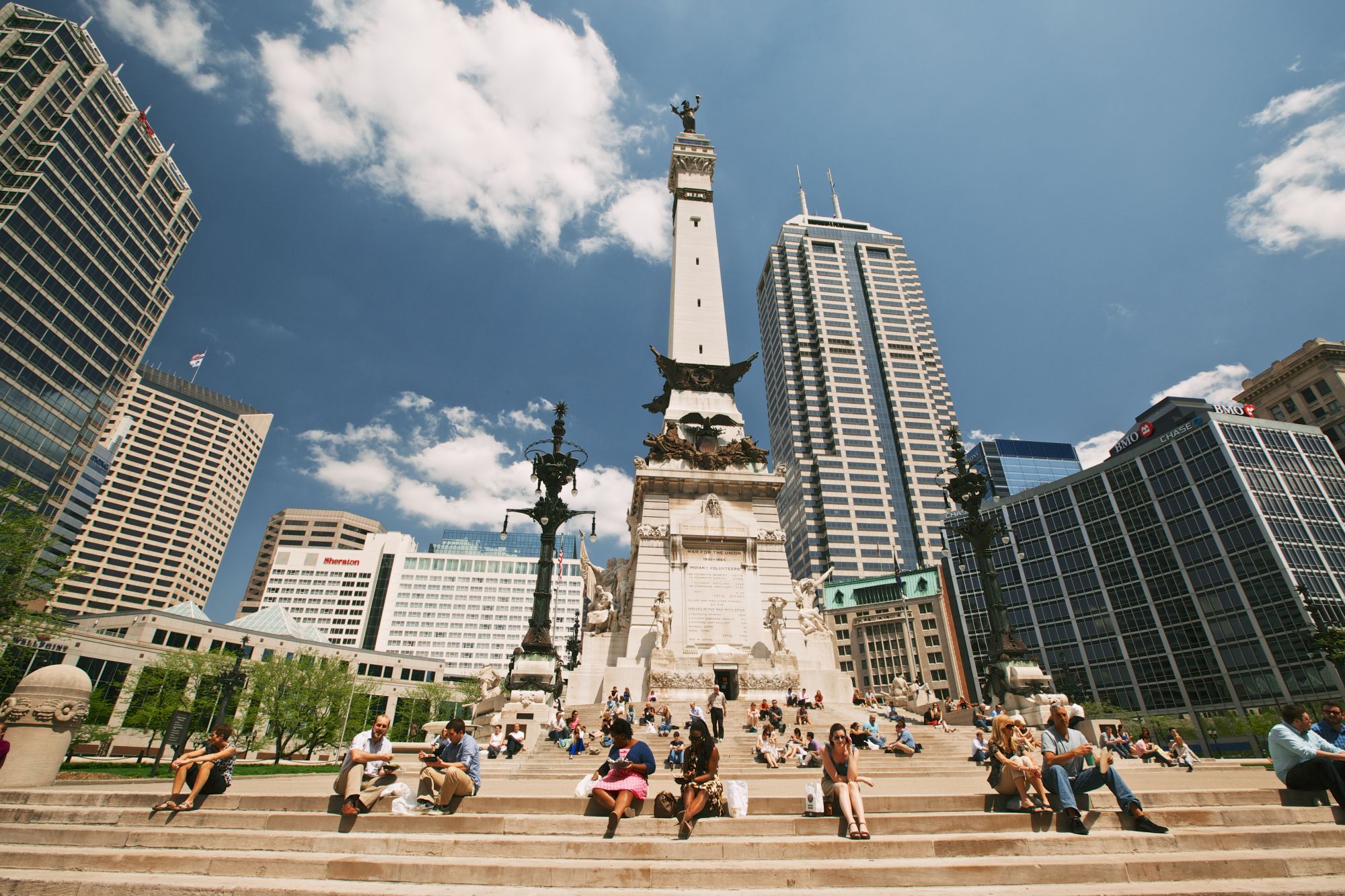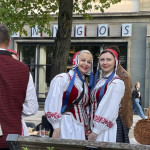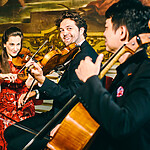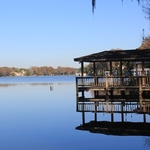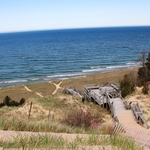Isabel Conway explores Indianapolis and discovers much more than a racetrack.
‘Indiana No Place’ is what people used to call Indianapolis back in the days when few tourists bothered to venture south from Chicago into the heartlands of the mid west.Back then even locals nicknamed Indianapolis ‘Nap Town´ because the city went to sleep again for the remainder of the year once the greatest spectacle in motor racing the famed Indianapolis 500 was run.
But much has changed and these days Indianapolis has morphed into a thriving experiment in architectural revival with multiple well funded museums, family attractions and recreational activities benefitting from pre recessionary huge investment.
The first thing to know is that people from Indiana are called Hoosiers. Folklore has it that Hoosier is a corruption of “who’s here” shouted by edgy settlers from behind bolted doors whenever unannounced visitors turned up. A less plausible explanation for the strange nickname “whose ear” refers to saloon bar fights and ear biting, part of an evening’s entertainment back in the rough and tumble pioneer days.
Just under 200 miles south of Chicago our first stop was at the iconic Indianapolis Motor Speedway I envisage a look at the IMS Museum crammed with race and classic cars, perhaps a leisurely tour of the famous 2, 5 mile oval where winning drivers kiss the bricks at the start/finish line.
Instead we are directed down to the pit and before you can say Louis Hamilton I am kitted out in fire resistant overalls and a super strong helmet, belted three ways and helped into the bowels of an Indy 500 race car!
Thankfully today I am riding behind Davy Hamilton a veteran race driver who could take this track with his eyes shut, according to a mechanic, busy tightening up our nuts and bolts. We roar away and reach dizzy speeds of 200 MPH, a mile a minute in no time. Eyes barely open I give a mental thumbs up to the phantom 300,000 spectators on the stands. This gut churning thrill is in the top ten of 390 things to do before you die. I can’t wait to try the other 389.
Saloon bars decorated with fences made from tyres and walls festooned with auto memorabilia in the Indianapolis suburbs give way to a impressive skyline of downtown high rise buildings. White River State Park and a pleasant canal walk are home to the city’s cultural life, including one of the finest museums in the country dedicated to Native Americans.
Eiteljorg Museum of American Indians and Western Art at 500 West Washington Street, admission $12 tells amazing stories and brings the old west alive with photographs, artefacts and sculpture and beautiful paintings by Frederic Remington and Georgia O’Keefe. We were lucky enough to catch a stunning exhibition in memory of famous photographer the late Ansel Adams whose black and white images shot in US national parks brilliantly capture the heart and soul of these giant landscapes.
Another favourite attraction is the NCAA Hall of Champions on 700 Washington Street (www.ncaahallofchampions.org) where all who appreciate the passion of competition can play along at its interactive salute to American collegiate sports.
Indianapolis Zoo has recently opened a new Orangutan Center and visitors can take an 80 ft high aerial train and almost rub noses with Azy, Charly and their extended family. Exhibit director Rob Shumaker, a world expert in these fascinating Primates who trained Azy to use a computer and be “100 per cent accurate in some tasks” says “they can teach us so much, especially in family life. Orangutans are such kind and patient parents”.
Neighbourhoods like retro Fountain Square and artsy Mass Ave are the quirky shopping and night time hang outs. An Indianapolis institution the Slippery Noodle Inn, established back in 1850 is famed for blues, booze and bullet holes. Notorious bank robber John Dillinger used its walls for target practise. Loaded with atmosphere and great music a full menu is served until 11pm with a snack menu into the wee hours.
After a look inside we wandered over to St Elmo Steak House (www.stelmos.com) dating from 1902 and Indy’s most famous restaurant where guests tuck into mammoth porter steaks, slightly more refined filet mignon, Amish chicken or the dish of the day. Expect to pay around $40 plus each for main course and desert without drinks.
The most popular item on the menu is St Elmo’s legendry shrimp cocktail slathered with the hottest sauce on the planet, laden with freshly shaved horseradish that is guaranteed to clear up any sinus trouble. Sadly the big party of fire fighters (50,000 firemen were in town for their annual convention) were too busy chomping on steaks the size of a dinner plate to notice some of our mouths on fire.
All images (c) Isabel Conway and Visit Indianapolis
How to get to Indianapolis and where to stay
See www.visitindy.com for road trips, tours, itineraries and accommodation in Indianapolis.
What to do : Indianapolis Motor Speedway (www.indianapolismotorspeedway.com) home to the greatest spectacle in motor racing. Eiteljorg Museum of American Indians and Western Art (www.eiteljorg.org) Indianapolis Zoo (www.indianapoliszoo.com)
Where to stay: We stayed at the Indianapolis Hotel at Keystone Crossing Large modern full service property, short on atmosphere, popular with the nearby convention centre crowds. Friends recommend The Canterbury Hotel (luxury, whirlpool baths and wet bars) www.canterburyhotel.com and the Villa Inn (www.thevillainn.com) a restored mansion in the Victorian Old Northside.
Top tips…US hotel prices vary considerably so look online for best deals. Check out free visitor guides, which often contain good discount vouchers for shopping, bars and restaurants as well as ‘what to see and do’ information.

